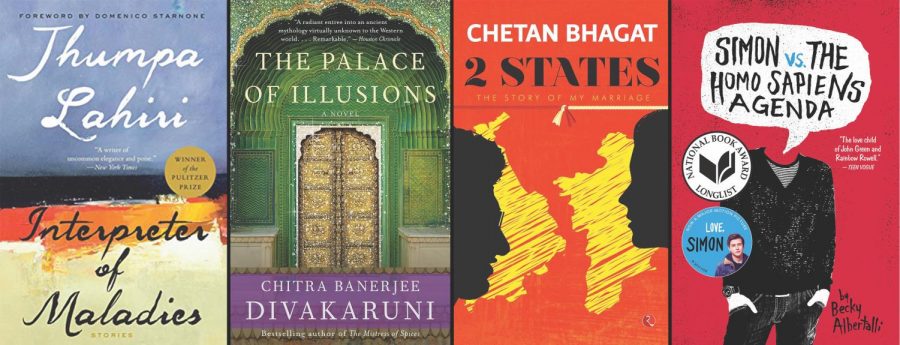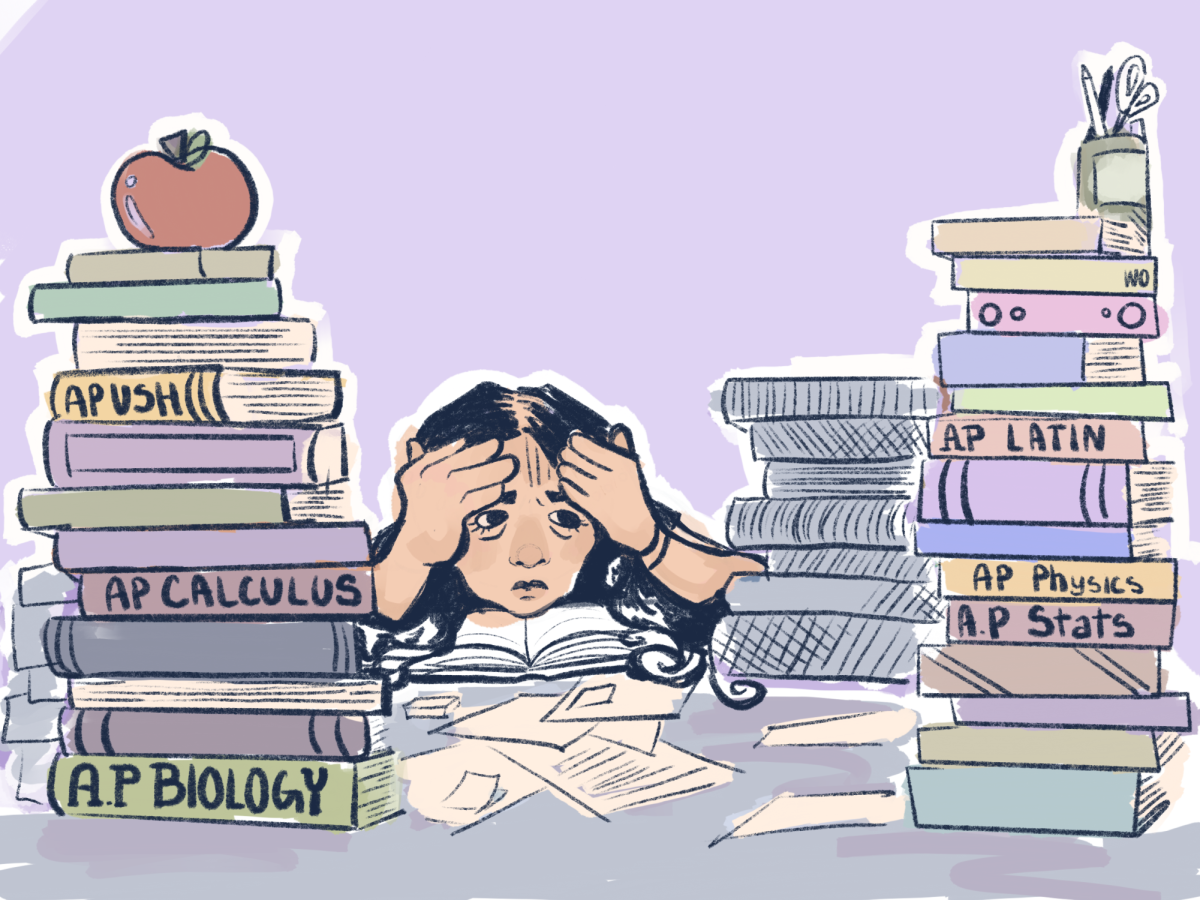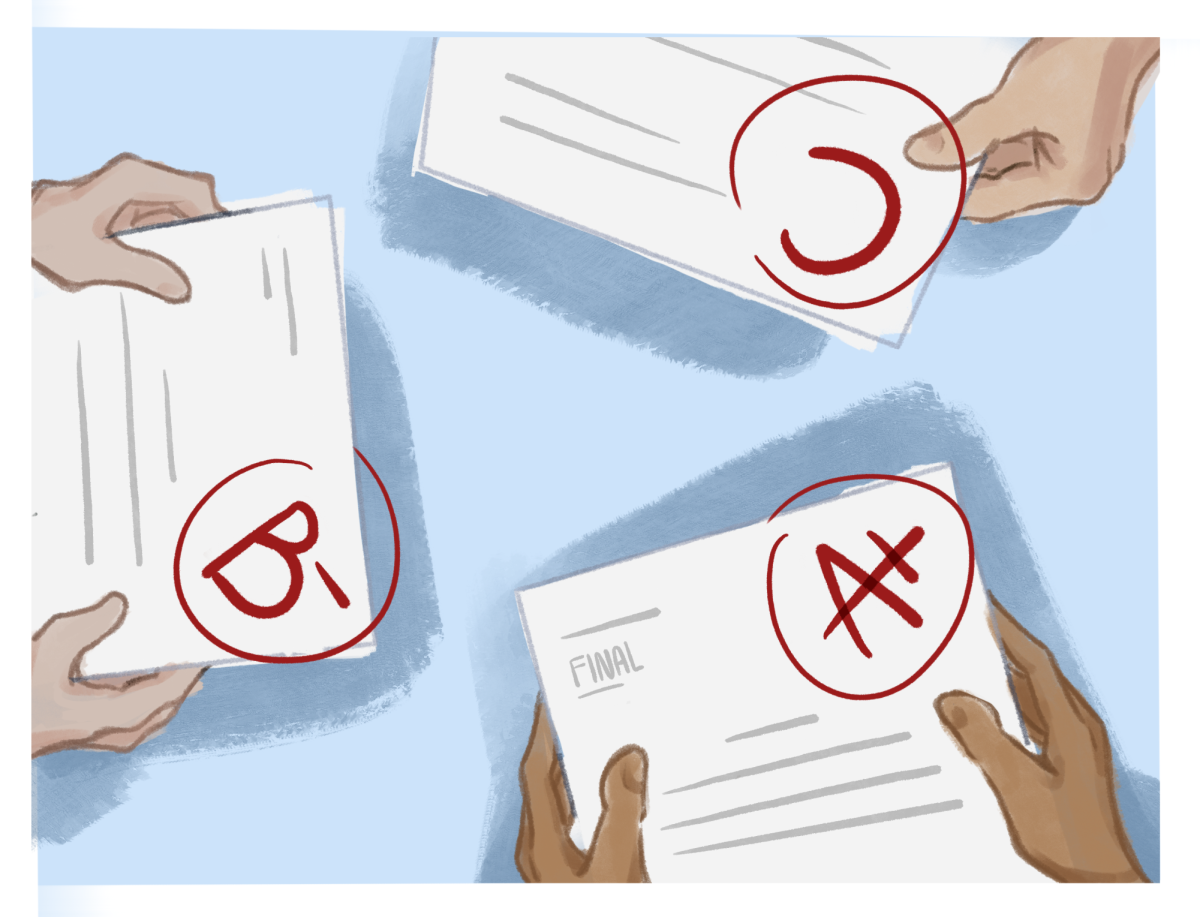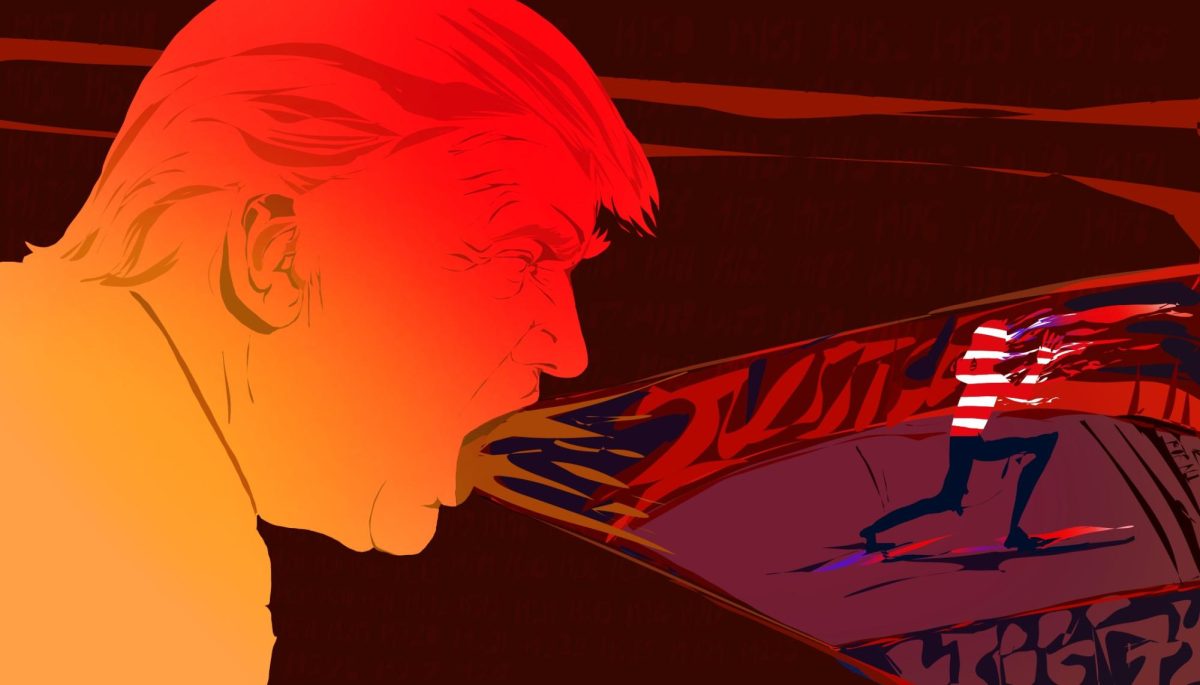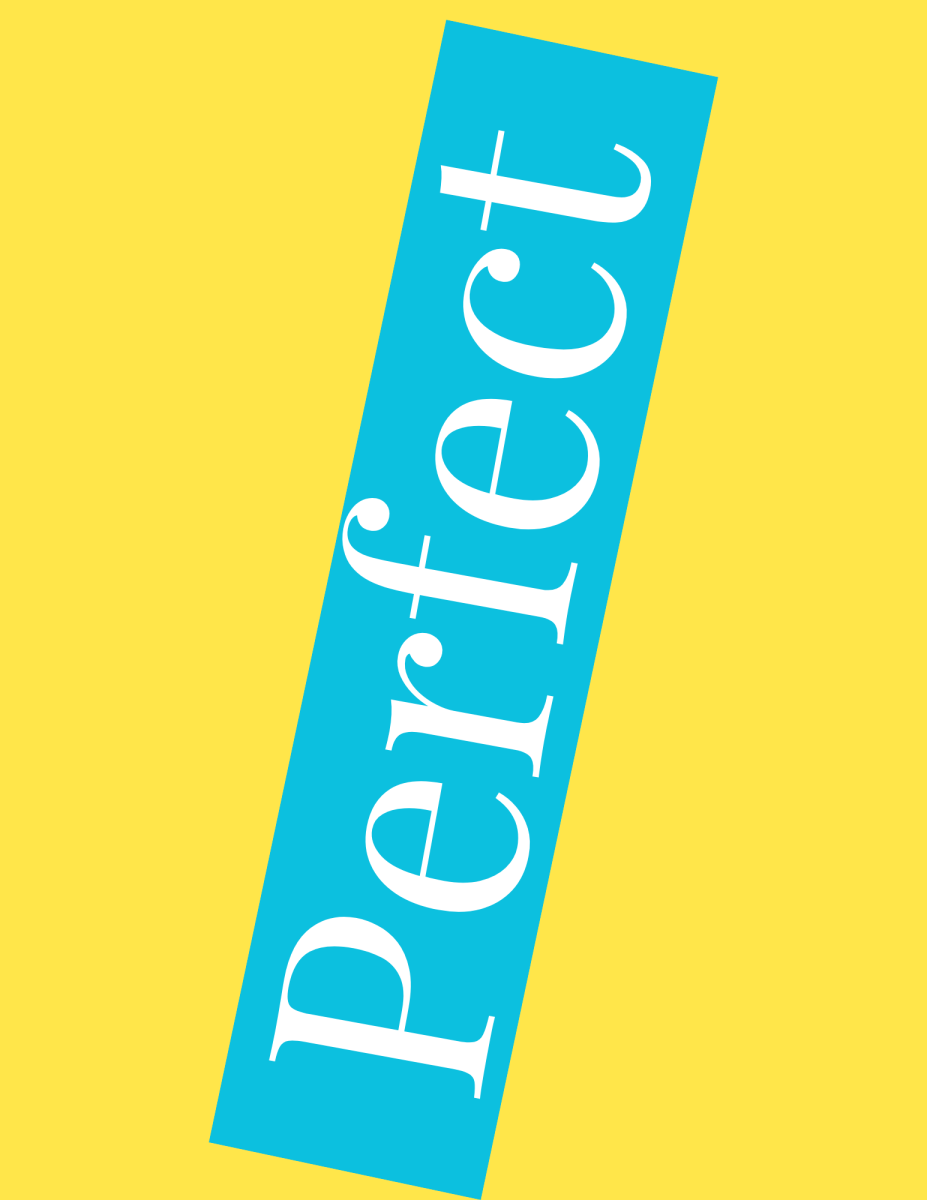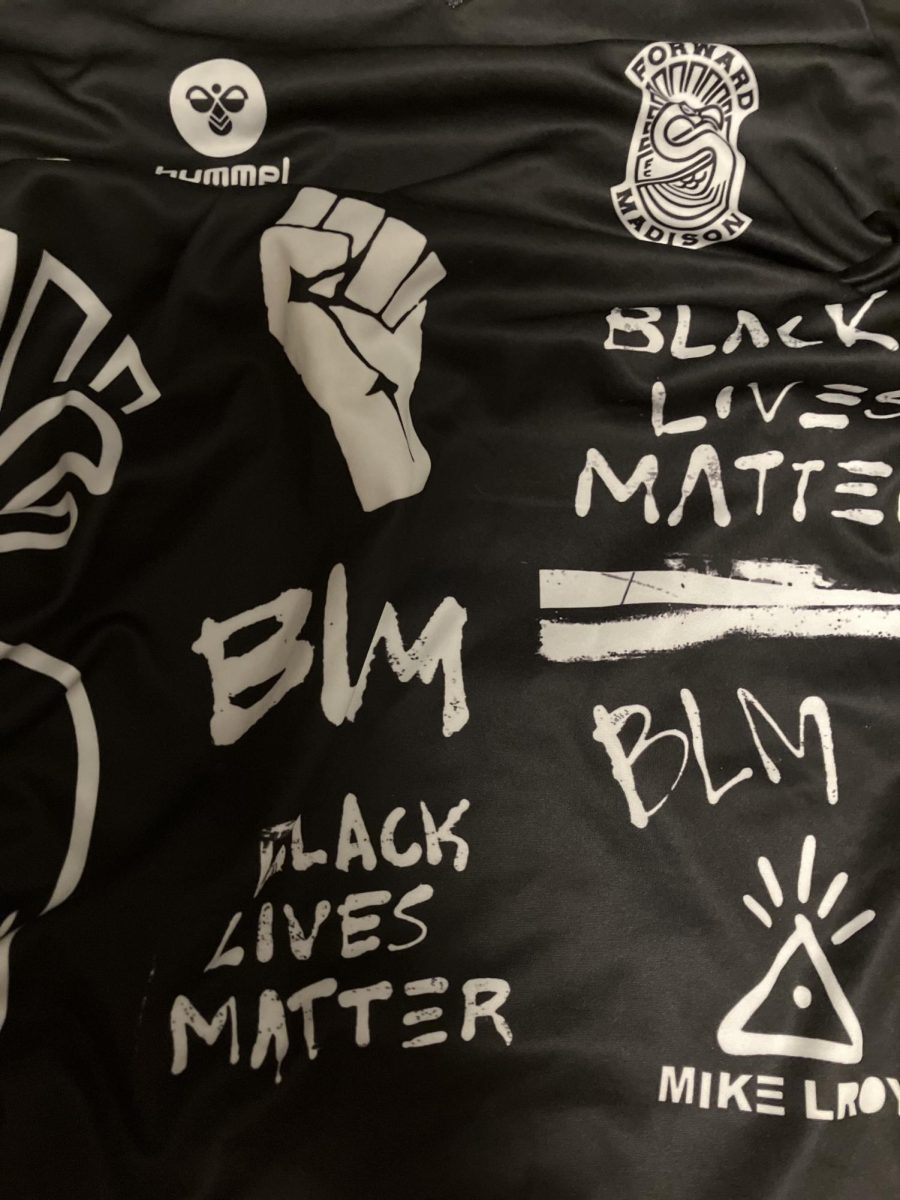In the last year, we’ve all had an abundance of time on our hands. I, personally, spent the time combing through my father’s library. Here are some of my favorites.
The first of the four that I’ve picked is “Interpreter of Maladies” by Jhumpa Lahiri. It’s a collection of nine short stories, all based around the ideas of belonging and finding your roots. While it’s hard to pick a favorite, one story that stood out to me is the first in the collection, which is “A Temporary Matter.” Lahiri writes simplistically, pointing out even minor actions, such as the crinkling of a plastic book jacket. While I was surprised by many of the plot points, nothing detracted from the clarity of the emotions conveyed.
The second book is “The Palace of Illusions” by Chitra Banerjee Divakaruni and is my favorite of the four books. It’s a contemporary novel based on the Hindu epic, the “Mahabharata,” but is a stand-alone story. The story is told from Queen Draupadi’s perspective, arguably the most important female character in the “Mahabharata,” which is heavily male-centered. The novel examines the injustices committed both by and against Draupadi. Yet, the story is told in an organic way that it feels that the book itself was the main source material, rather than the Hindu epic.
The next book is “2 States” by Chetan Bhagat, a largely autobiographical novel about Bhagat’s marriage. It explores two undergrad students, Krish and Ananya, as they navigate college, their relationship, and their future plans. They come from different parts of India, which is a point of contention, as both of their families have to overcome their cultural preconceptions in order for the couple to be together. The book explores the intricate regional prejudices that are at the root of Indian society and how to potentially bridge those gaps.
The final novel on my list is “Simon vs. The Homosapiens Agenda” by Becky Albertalli, also known as the book that the popular movie “Love, Simon” was based on. This novel is common in the average school library and is a heartwarming read. It follows Simon Spier as he learns to accept himself and his sexuality with the help of a friend he’s made online. While it may not have the best technical writing, the book has that imperfect fumbly nature that feels charming in a young adult novel and makes for a compelling story.

